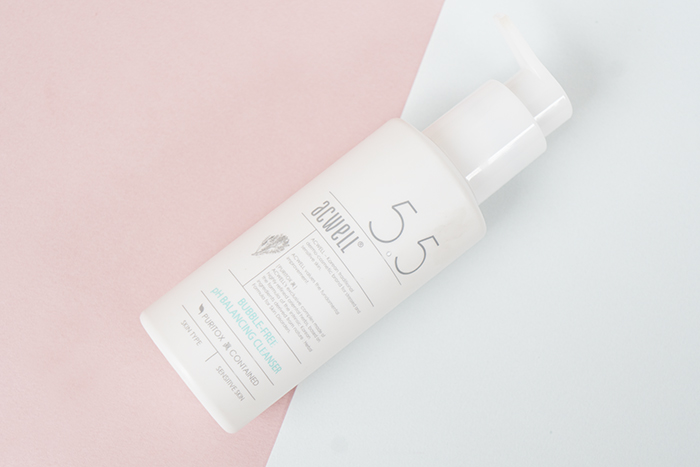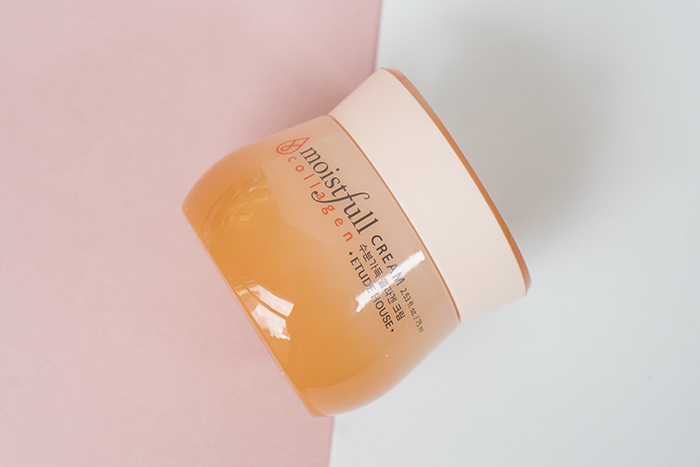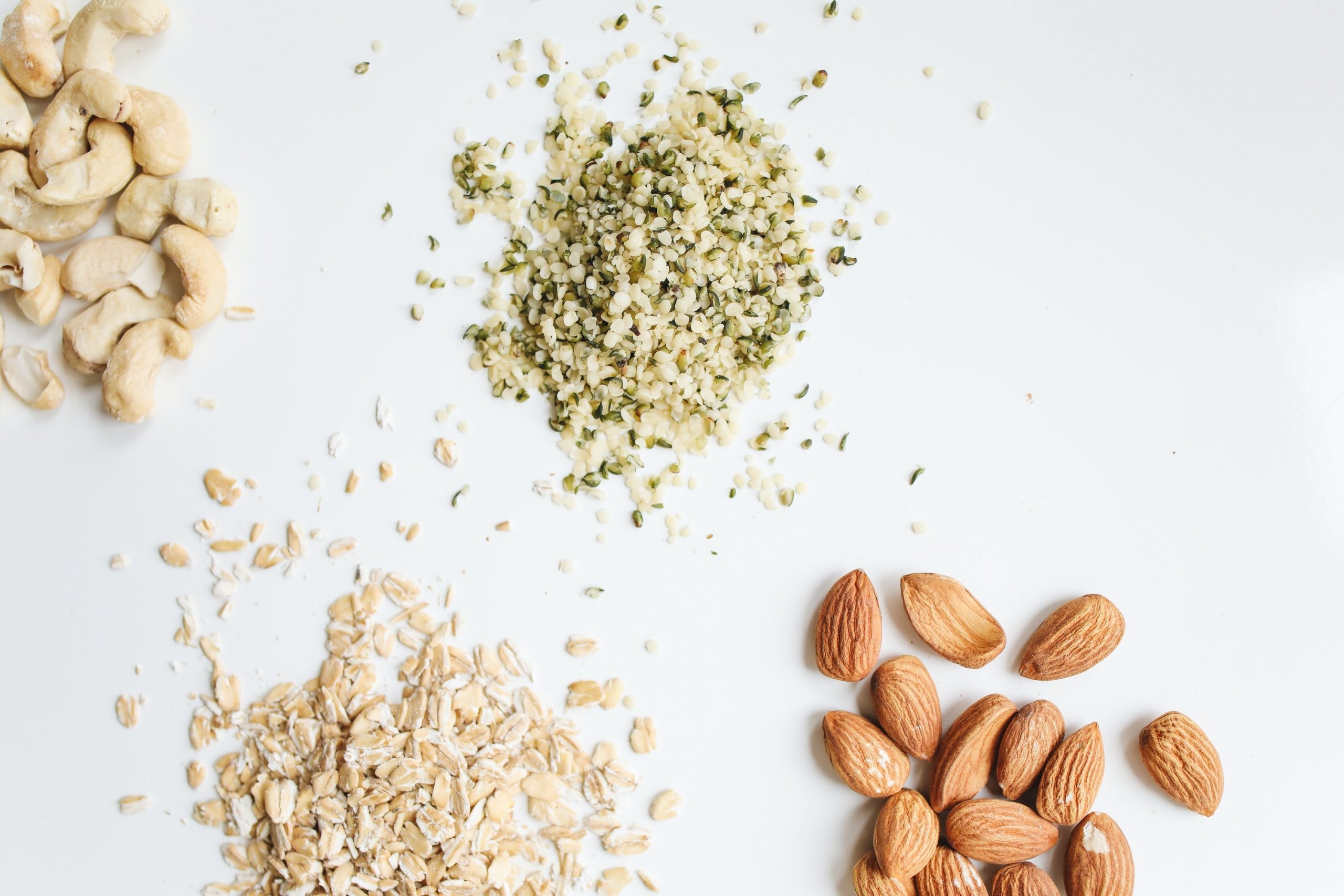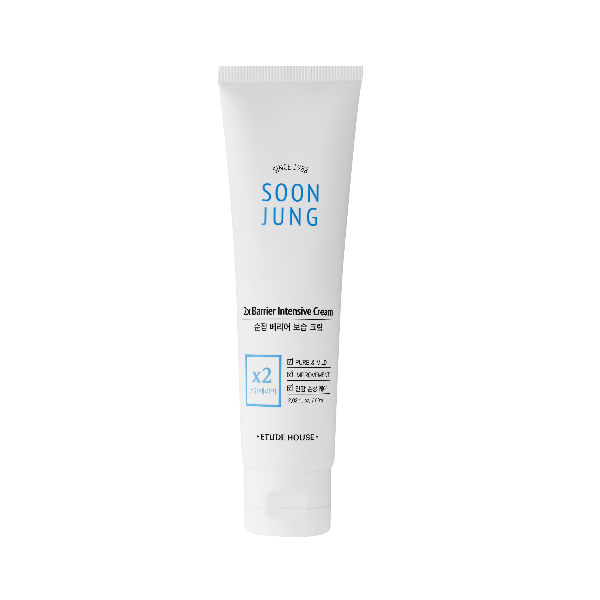So you have dry skin…and you want to know how to hydrate dry skin without clogging your pores. We got you!
There’s more to treating dry skin than thick, emollient creams. I have super dry skin, but heavy, rich creams make me break out instead of actually moisturizing my skin. So I have to think of alternatives to hydrate it effectively. Here, we’ve compiled four different ways to get your dry skin in check and keep it hydrated all day long without creating more blackheads.
Switch to Gel or Cream Cleansers
One of the biggest positive changes that happened with my dry skin was when I switched up my cleansers. No matter how moisturizing a foaming cleanser claimed to be, it never left my skin as nourished as cream and gel cleansers do.
When you cleanse your face, you’re getting rid of any dirt and impurities. A good cleanser should get rid of all the gunk except for your natural oils. When you’re using a cleanser that’s too harsh, it can strip you of those oils and leave your face feeling tight and dry. These are the cleansers to avoid! If you do have dry skin, you might want to invest in a gel or cream cleanser that has a low pH and is meant to nourish the skin.

One of my favorites is the Acwell Bubble Free pH Balancing Cleanser. As the name suggests, this a bubble-free formula that is free of harsh sulfates that can dry out the skin. This cleanser features centella, aloe, and witch hazel in the formula. These ingredients work in tandem to hydrate, calm, and brighten skin. Meanwhile, salicylic acid helps keep breakouts at bay. This formula is perfect for dry, acne-prone skin since it hydrates and helps fight blemishes at the same time.
Another favorite of mine is the Paula’s Choice Softening Cream Cleanser. Cream cleansers tend to feel like you’re rubbing moisturizer on your face, but believe me, this Paula’s Choice one gets to work removing makeup and impurities. We even tested it out against an oil cleanser. The results weren’t as far off as you would expect. It features beta glucans to hydrate and soothe while you cleanse off the dirt from your day. It’s also completely bubble-free and doesn’t contain any harsh cleansers that could dry out your skin. If you have dry skin, I’d suggest giving cream cleansers a try. They’re known to moisturize, leaving dry patches behind and replacing them with soft, supple skin.
Layer Thinner Hydrating Products
I have purchased so many moisturizers that claim to soothe even the driest skin. Instead, they leave my already-dry skin feeling drier. I can’t give them all a bad rap, though. Some do moisturize my skin for a little while but I usually end up waking up with tight, dry skin the next morning. It’s frustrating, to say the least.
The usual advice is to stick with those thick, heavy moisturizers, but I’ve found that layering thinner, hydrating products work best for my skin. I love to do this with toners and essences, but you can even do this with your favorite serum. When you layer thinner products, you’re infusing your skin with layers of hydration. When you do this, you’re getting hydration without the greasy texture of traditional moisturizers. This is especially nice during warmer months!
There are a ton of toners on the market, but for layering, you’ll want to choose lightweight ones that soothe and hydrate the skin. Some of my favorites are the Sioris My First Essener, Isntree Hyaluronic Acid Toner Plus, and the Etude House Moistfull Collagen Facial Toner.
As you can tell, there are a lot of options when it comes to layering. I’m a fan of the I’m From Rice Toner because it’s formulated with rice, which is packed full of vitamins, antioxidants, and other hydrating goodies.

The Etude House SoonJung pH 5.5 Relief Toner is the perfect toner to layer for dry skin that’s also sensitive. It’s free of fragrance, artificial color, and parabens that could irritate sensitive skin. The ingredients are also 97% naturally derived and it has a low pH of 5.5 to keep the skin balanced. It’s formulated with panthenol to hydrate and soothe while madecassoside repairs the skin. This toner is glycerin-based, and glycerin is a humectant that soothes dry skin. This combination of ingredients will soothe and hydrate all day long.

Like I said earlier, toners aren’t the only skin care product you can layer; you can do this with essences and serums as well. Give it a try with the Skinfood Royal Honey Propolis Enrich Essence. This powerful essence contains 63% propolis extract and 10% royal jelly extract to help strengthen and moisturize the skin. Thanks to the antibacterial and anti-inflammatory benefits of honey, this essence will leave your skin soothed and help keep acne at bay.
Use Nourishing Oils
Embrace the oil! Most people avoid oils because they find them too heavy or greasy or they even think they will make your skin oily. But it’s all about choosing the right oils for your skin type. When you do this, you’ll have a nourishing skin care product that will leave you moisturized and glowing. This is #goals for dry, dull skin.
Oils are an excellent multi-tasker for dry skin because they provide nutrition and hydration. They contain plant extracts and essential oils, which provide the skin with lipids. These lipids help to strengthen the moisture barrier and keep your skin hydrated and balanced. They’re also chock-full of antioxidants that protect the skin from environmental damage, which can lead to acne and premature aging.
The Rovectin Skin Essentials Barrier Repair Face Oil features neroli oil and other nourishing non-comedgoenic ingredients like vitamin E, and squalane. Providing lightweight hydration, the barrier focused oil can be used alone or added to your moisturizer for intense hydration.
No matter which oil you choose, they will add that extra dose of moisture to keep your skin hydrated long term.
Stick With Lightweight Moisturizers
I know this advice sounds like the opposite of what you’ve heard, but heavy creams aren’t always the answer. For many, they don’t moisturize as effectively as they claim. If you’re properly hydrating your skin during your routine, then locking it all in with a lighter moisturizer should be enough. Some of my favorites are the Etude House Moistfull Collagen Cream and the Etude House SoonJung 2x Barrier Intensive Cream.

I love the Etude House Moistfull Collagen Cream because it has a gel-like texture that leaves my skin moisturized and refreshed. It contains hydrolyzed collagen and baobab water to provide nourishment. It also absorbs into the skin without any heavy, greasy residue. Your skin will be left feeling soft, supple, and plump with hydration. Thankfully, it’ll provide all that moisture without leaving your skin feeling suffocated.

The Etude House SoonJung 2x Barrier Intensive Cream is also another great choice. Like the toner of the same line, it’s low pH and free of potential irritants like fragrance, artificial color, and parabens. It contains minimal ingredients that won’t irritate sensitive skin. Panthenol and madecassoside, along with sunflower seed oil and shea butter, work together to soothe and nourish the skin for long-lasting moisture. This lightweight moisturizer is perfect for those with sensitive skin. It will hydrate without weighing down the skin.
Bottom Line
Heavy creams aren’t always the answer when it comes to treating dry skin. There are a multitude of different ways to alleviate this condition. When it comes to how to hydrate dry skin without clogging your pores, you can layer lightweight skin care products or invest in oils that restore your skin barrier function. Either way, if your creams and lotions aren’t keeping your skin balanced then it’s time to switch it up and try something new. You never know, it might work!



